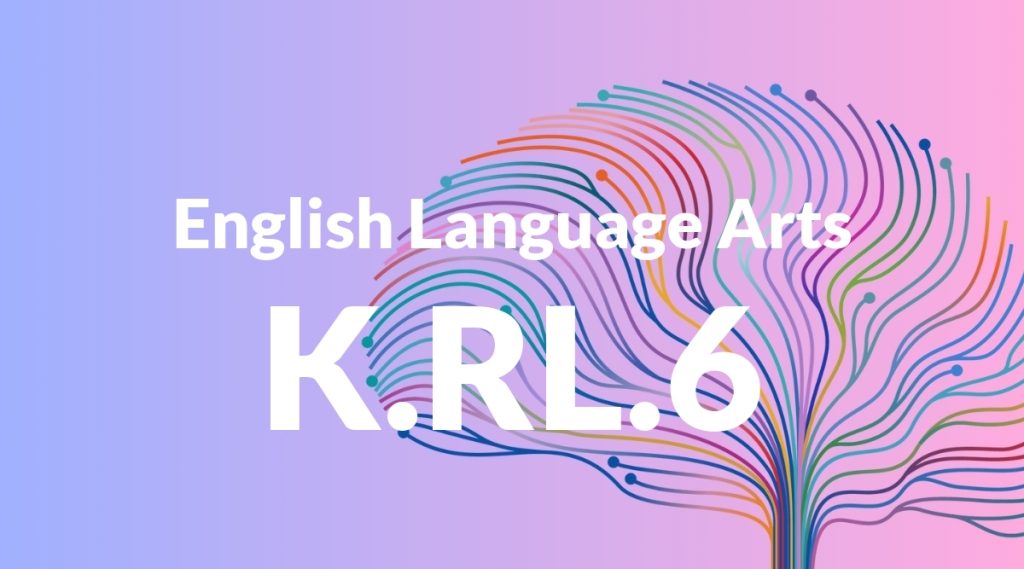Standard: K.RL.6 – With prompting and support, name the author and illustrator of a story and define the role of each in telling the story.
Grade level: Kindergarten
Subject: English Language Arts
Domain: Reading: Literature
Teacher Overview
This standard focuses on helping students recognize the distinct roles of an author and an illustrator in storytelling. Understanding these roles is crucial as it builds foundational literacy skills and appreciation for literature. Students should know the basic parts of a book and understand that books are created by people.
Students will develop the ability to analyze how different authors and illustrators contribute to the meaning and enjoyment of a story.
Common Misconception 1
Students may think the author and illustrator are the same person, which is incorrect because the author writes the text while the illustrator creates the pictures.
Intervention 1
Use books where the author and illustrator are clearly different people and discuss their separate roles.
Common Misconception 2
Students might believe that only the author tells the story, not the illustrator. This is incorrect because illustrations add details and emotions to the story.
Intervention 2
Show how illustrations contribute to the story by discussing how pictures add details and emotions not always found in the text.
Prerequisite Knowledge
Students should be familiar with the basic parts of a book (cover, title, pages) and understand that books are created by people.
Subsequent Knowledge
Students will develop the ability to analyze how different authors and illustrators contribute to the meaning and enjoyment of a story.
Instructional Activities
- Read aloud books and discuss the roles of the author and illustrator.
- Create a class chart listing favorite authors and illustrators.
- Have students draw their own illustrations for a familiar story.
- Invite a local author or illustrator to speak to the class.




